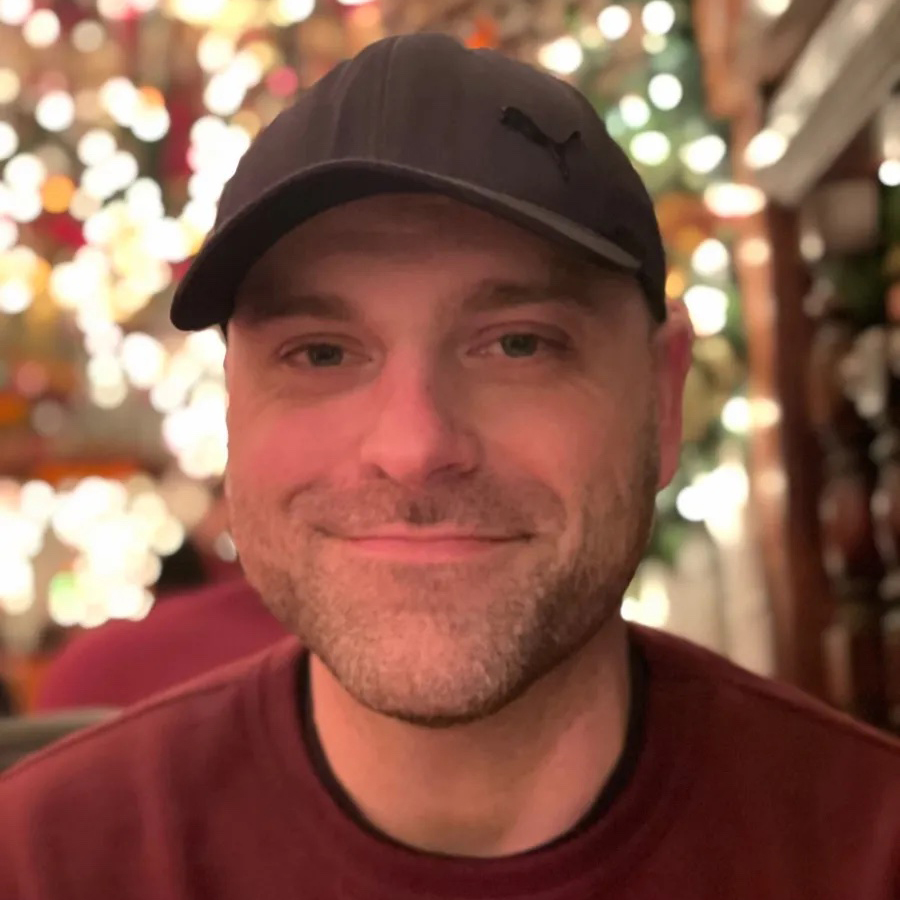“Dolores said, ‘This is an angry song; I think it needs to be reflected in the music.’ That was the turning point. I bought my first distortion pedal”: How The Cranberries became ’90s alternative icons on borrowed amps and banjo-like guitars
Noel Hogan tells us about the three-guitar secret of Zombie, why they fit surprisingly well with Seattle’s grunge superstars and the tragedy that ended the band
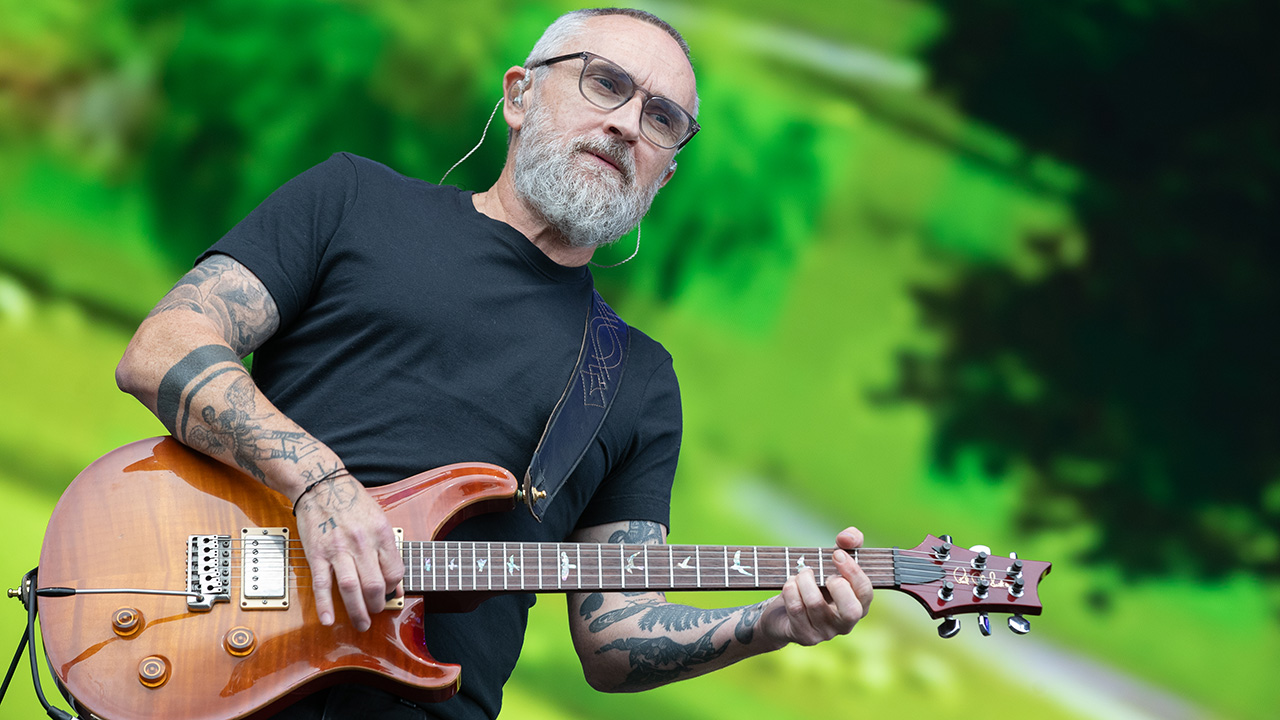
When The Cranberries 1993 debut album Everybody Else Is Doing It, So Why Can’t We? guitarist Noel Hogan wasn’t thinking about large-scale success. “We were quite limited,” Hogan says of his band’s musical ability and career ambition. “But I’m glad there was a naevity to it. If I were a really good player, I’d have tried to make things a bit more lavish – it may not have worked.”
The record bombed in Europe at first, but after Dreams and Linger broke through in America, The band were off and running. Then 1994’s No Need to Argue blew the lid off with Zombie, which cast them as unlikely “grunge” icons. “We were probably the most surprised of anybody that it took off the way it did,” Hogan admits.
The breakneck pace that followed led to burnout, culminating in their split in 2003. They regrouped six years later and sticking together until vocalist Dolores O’Riordan’s unexpected death in 2018.
Hogan says The Cranberries were far from done; but he’s grateful for what they managed to do. “The songs being played as much as they are is amazing. You’d think after 30 years they’d be fading – so we must have done something right.”
What led you to pick up the guitar?
“Me, my brother Mike and Ferg Lawler, the drummer, grew up together. We went to a lot of gigs, and friends of ours were in bands; there was a really cool local music scene. Toward the end of the ‘80s we thought, ‘We should give this a go.’
“Mike and Ferg went at it, but I had no great ambition to be in a band. Then my parents came with a guitar, and said, ‘You’re sitting there looking at the two of them – maybe you should just join!’
All the latest guitar news, interviews, lessons, reviews, deals and more, direct to your inbox!
“I still didn’t take it too seriously, A friend of my dad’s who gave me guitar lessons said, ‘You’re wasting your parents' money, and you’re wasting my time.’ He suggested that I bring him songs that I liked, and he’d teach them to me. Once I started doing that, my interest picked up.”
Once you formed The Cranberries, what inspired you as a player?
“I was a huge Smiths fan and I got into The Cure big time. I wanted to sound like Johnny Marr, to be honest! That kind of poppy, almost jangly, very rhythmic thing – that’s all I wanted.”
What gear were you working with in the early days?
“I don’t think there was even a name on the head of the guitar my parents bought me! It sounded more like a banjo than a guitar. And the amps were all borrowed.
“We rehearsed in a studio where a lot of bands would leave their gear around, so when you went in, you could use whatever you could find. Then a friend of mine bought a Vox AC30 that I borrowed for a few gigs, and I absolutely loved how it sounded.”
What was your first proper piece of gear?
“A yellow Fender Telecaster from 1973 – I still have it. I’d seen Johnny Marr play one on a TV show. It was my main guitar that I used for the first album. I bought a Gibson Les Paul from a pawn shop. And I bought a new AC30 around ’92. It was my main thing for a very long time.”
How did you come up with Dreams and Linger?
“I was in my bedroom at my parents' house, coming up with those bits and wondering, ‘Is this a song?’ I was so new to playing; my knowledge was very limited. After a while of learning other peoples’ songs, I’d try to make up my own stuff. That’s how a lot of those songs came to be.
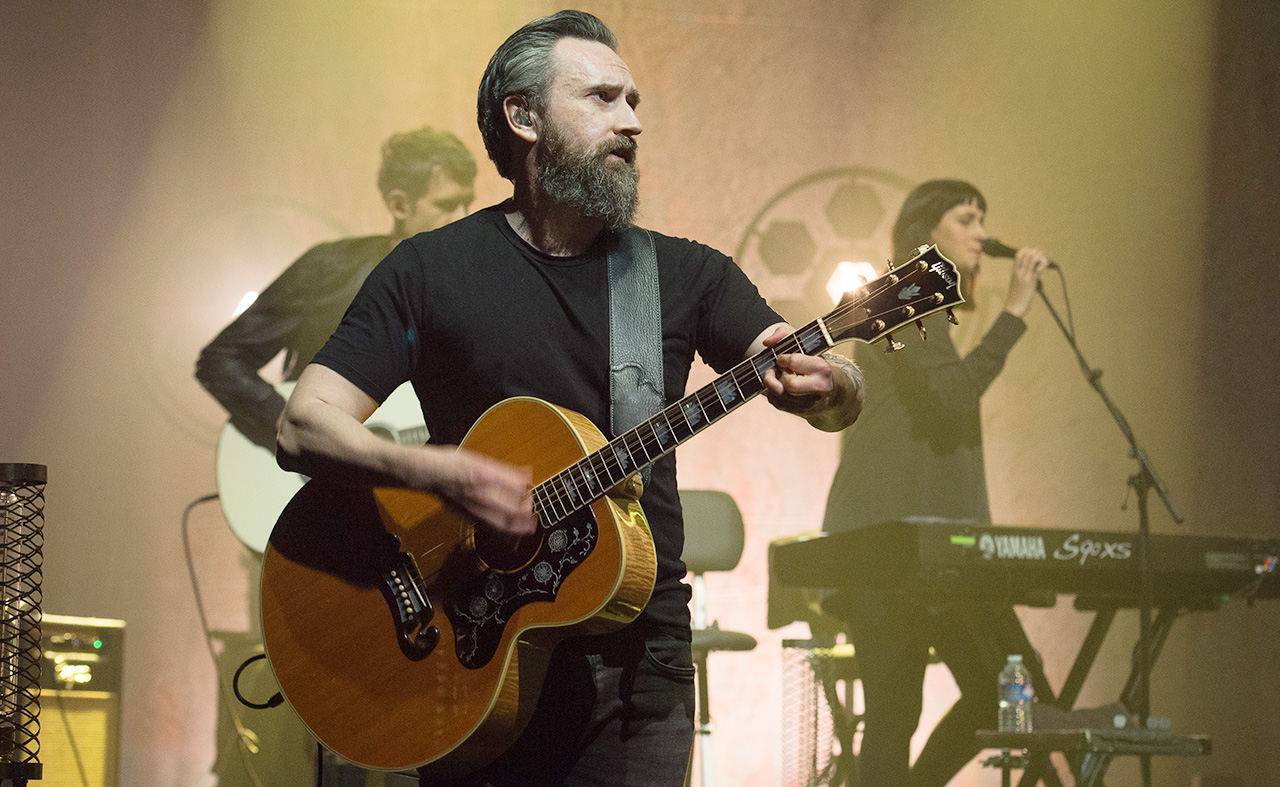
“When I think back to the very simple opening part to Linger – the picked D chord that falls into the rest of the track – these were the very best things I could do at the time.”
The simplicity of the first record is part of the magic.
“They were quite simple songs, but going in to record them with Stephen Street, who produced most of our albums, we learned so much.”
You’d think we were the odd ones out in grunge, but we played hard live shows. We became quite heavy as we got more confident
What did he teach you as a guitarist?
“How to layer – a lot of the demos were us just playing live. Stephen helped us learn how to layer properly, instead of just filling a song to the point that it’s hard to know what’s going on.”
How had you progressed by No Need to Argue?
“We were definitely a lot more confident; I think that comes across. The songs from the first and second albums were written around the same time, but I do think the second is a far more polished and mature album. We weren’t second-guessing as much.”
Zombie was a massive part of No Need ’s success. How did that song come together?
“We had it for a long time – it might have been around during the recording of the first album. Dolores came in to the rehearsal room with it and started playing around on an acoustic. She was like, ‘I have this idea,’ and we all started doing our thing.”
Did it sound heavy at first, or did that come later?
“It was Dolores who said, ‘This is quite an angry song; I think it needs to be reflected in the music.’ That was the turning point. I bought my first distortion pedal, and it built from there.”
How else had your rig evolved?
“I’d started buying a lot of gear! It was great when we toured the States – we could go into pawn shops in the middle of nowhere and they’d be selling vintage AC30s and Marshalls. Zombie ended up being a combination of Marshalls and AC30s cranked up. I ran my Gibson ES-335, a Les Paul and a Tele or Strat through that. The combination of those three guitars is the sound.”
No Need to Argue’s success afforded The Cranberries massive exposure. What was that like?
“It just seemed that we could do no wrong at the time! Every song we released did really well, and the album was selling more and more. It was a time when people sold a phenomenal amount of albums; and thankfully for us, we were touring and really busy.”
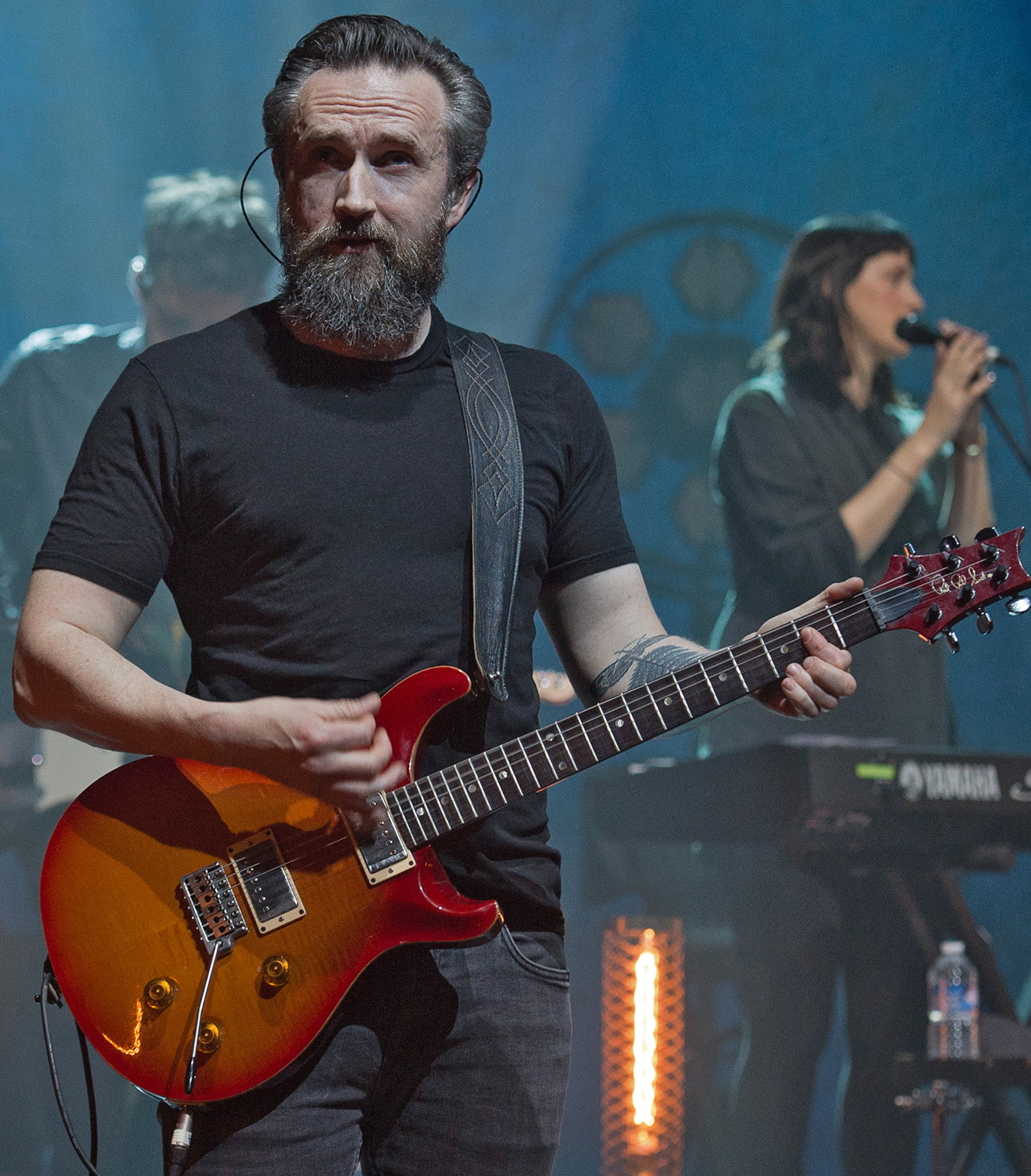
Coming from a small town in Ireland, were you comfortable?
“We were aware of how [big] it had gotten, but it wasn’t the thing at the top of our list of concerns. We were really just trying to get better. In hindsight, we probably should have finished that tour and taken a bit of time away, and not rushed into a third album. But you get on a roller coaster and it becomes your whole way of life.”
It must have been interesting to be thrown into the American grunge craze.
“We could never figure out how we ended up in that mix! We got to meet a lot of those bands that were big at the time. You’d think we were the odd ones out there, but we played hard live shows. We became quite heavy as we got more confident and learned to use the gear we had.
I got a PRS and I liked its diversity. Every musician wants to evolve, not stay the same as you were 20 years earlier
“After the success in America, the rest of the world followed. The first album had been released in Europe, and nobody had any interest. When we had success in America, the same album suddenly had everyone thinking, ‘Oh, this is great!’ We never forgot that.”
What led to The Cranberries’ demise in 2003?
“After we recorded the third album,To the Faithful Departed, we started what was meant to be a long tour. But everybody was just burnt out. It had lost its appeal for us – we needed time away from it and each other. We’d heard the horror stories of bands that couldn’t stand the sight of each other.
“Then we were back doing albums; but we started having kids, and it became a lot harder. Some of us wanted away from music altogether. Dolores and I wanted to try other things with other people; I think that the combination of all that made it a lot harder to get away and tour.”
What allowed you to regroup in 2009?
“Dolores invited us to her eldest kid’s Confirmation. She’d been living in Canada, but she’d come back to Ireland for a while. Of course, we had a few drinks and ended up saying, ‘Maybe we should hook up again and see what happens.’ Then we were back at it.”
Were you a very different player by then?
“I chopped and changed over the years. I bought different amps and I switched to PRS guitars, which I still use live today – I got one on loan and I liked its diversity. So, it did evolve; every musician wants to evolve, not stay the same as you were 20 years earlier.”
Dolores’ sudden death must have been extremely difficult.
“It was. It’s a hard pill to swallow that it was the end, but I think it’s right that we did. Thankfully, Dolores had started writing what became the last album, In the End. Those vocals were meant to be demos, but she was such a strong vocalist that they were perfectly fine to use on the album.”
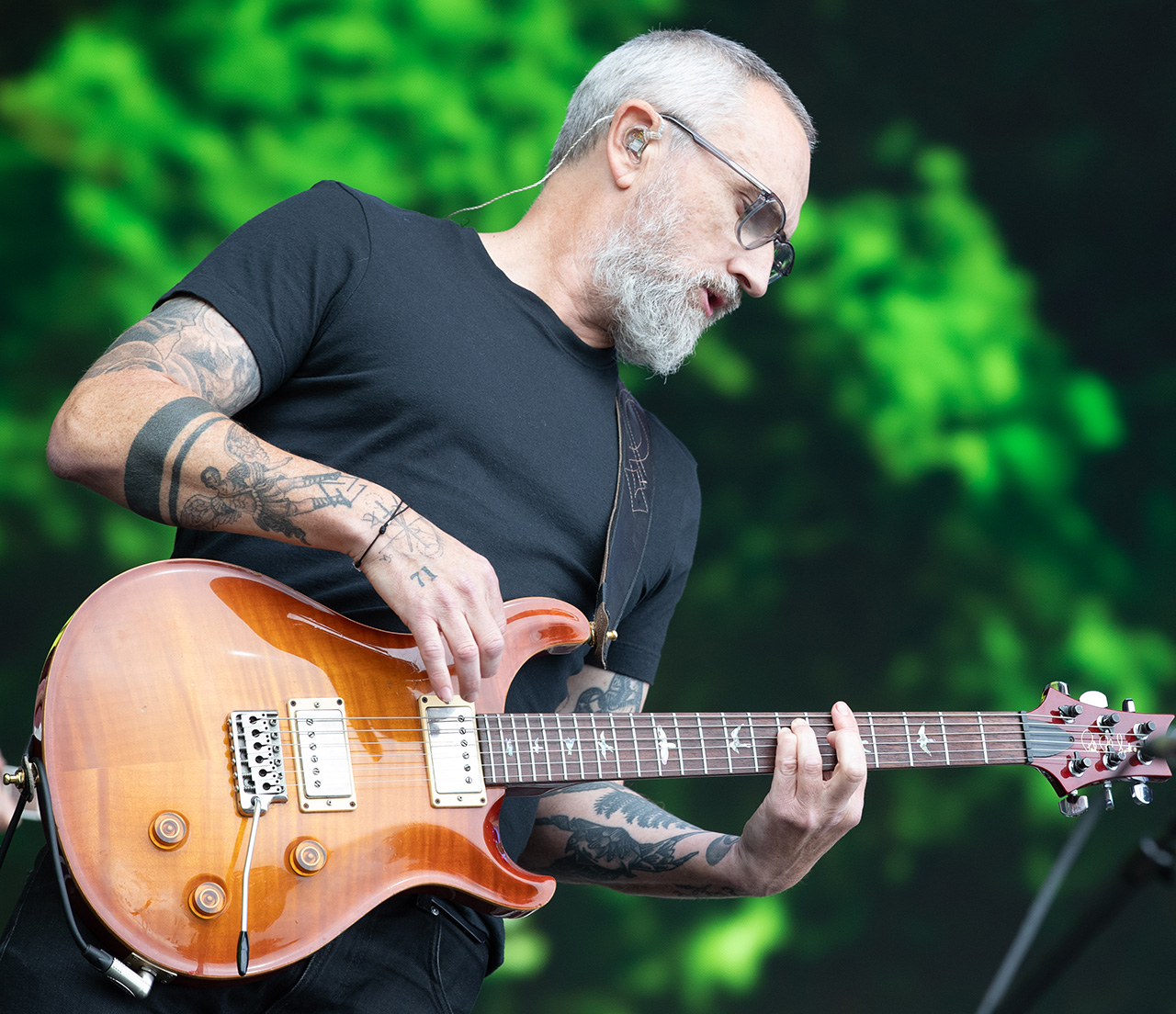
By the looks of it, The Cranberries were far from done.
“We were actually meant to go on tour in China the following March. So, to get the call that Dolores had passed away… You’re thinking, ‘I just spoke to her yesterday.’ Then the dust settled; we listened through the demos, and decided to see if there was an album there.
“It was nice with Ferg, Mike, and myself together in a room, finishing that album. It’s sad that it did end that way – but it’s just a part of life, isn’t it?”
How do you view The Cranberries and Dolores’s legacy?
Dolores is gone gone six or seven years – but you hear the songs and it’s like they were released yesterday
“I hope our legacy is the songs themselves. I hope the songs will still be played somewhere in the world in 50 years time. When you consider you didn’t even think you were going to get to do this in your life, to end up having these huge songs, like Zombie, Linger, and Dreams, it’s a nice feeling.
“And Dolores, she’s been gone gone six or seven years – but you hear the songs, and it’s like they were released yesterday.”
What’s next for you?
“I deliberately haven’t done anything in years. But Mike and I are playing a festival in Ireland, performing Cranberries songs with an orchestra. We’d turned it down a few times, but decided to do it now for the fun of it. Fingers crossed, because it’s been a few years. I’m hoping the orchestra will do a lot of the heavy lifting!”
Andrew Daly is an iced-coffee-addicted, oddball Telecaster-playing, alfredo pasta-loving journalist from Long Island, NY, who, in addition to being a contributing writer for Guitar World, scribes for Bass Player, Guitar Player, Guitarist, and MusicRadar. Andrew has interviewed favorites like Ace Frehley, Johnny Marr, Vito Bratta, Bruce Kulick, Joe Perry, Brad Whitford, Tom Morello, Rich Robinson, and Paul Stanley, while his all-time favorite (rhythm player), Keith Richards, continues to elude him.
You must confirm your public display name before commenting
Please logout and then login again, you will then be prompted to enter your display name.



